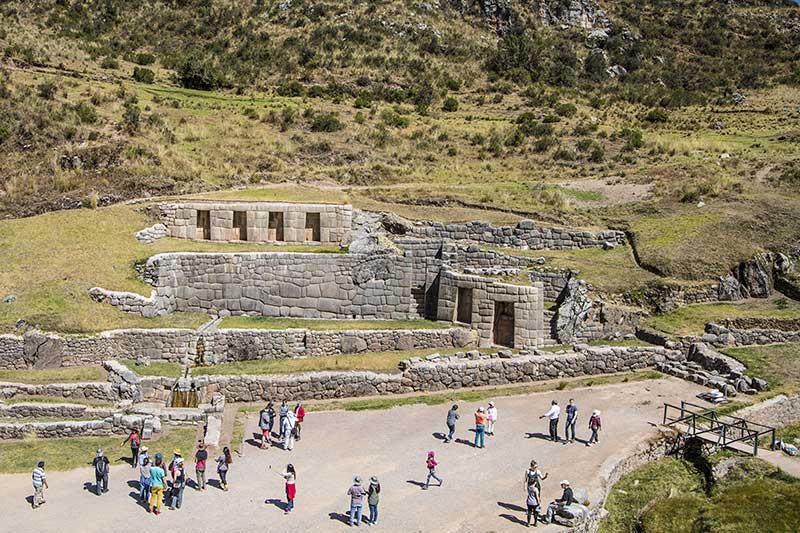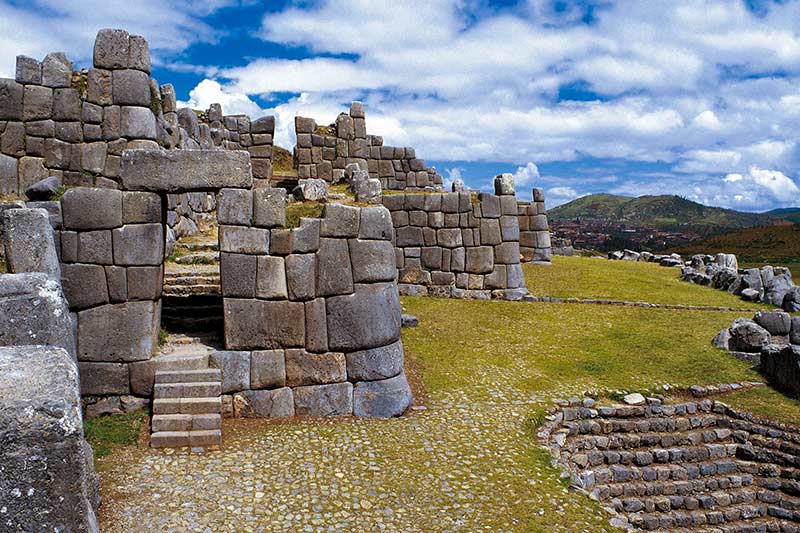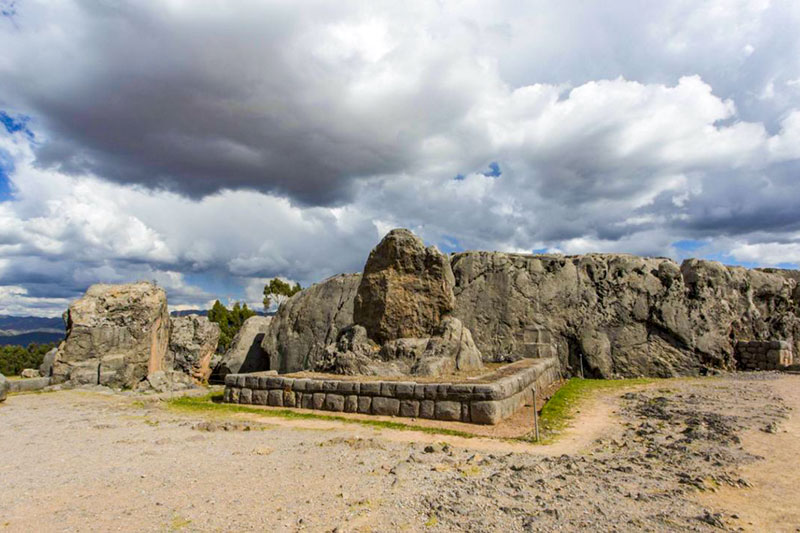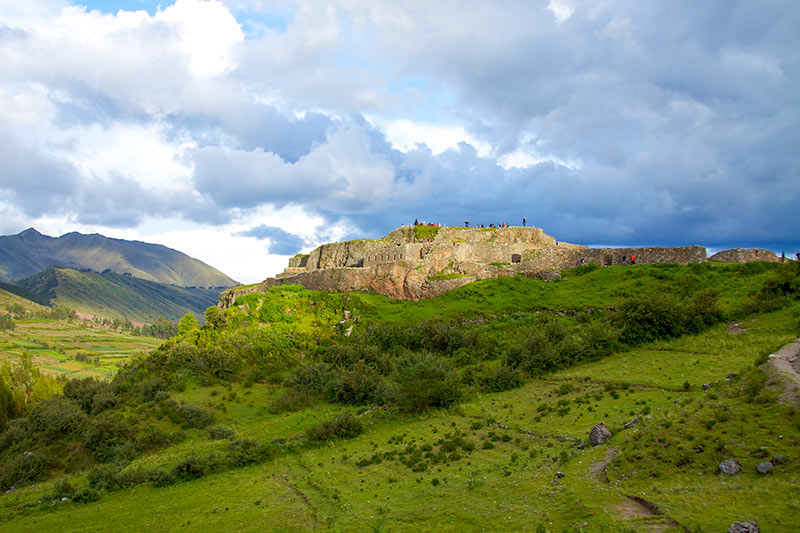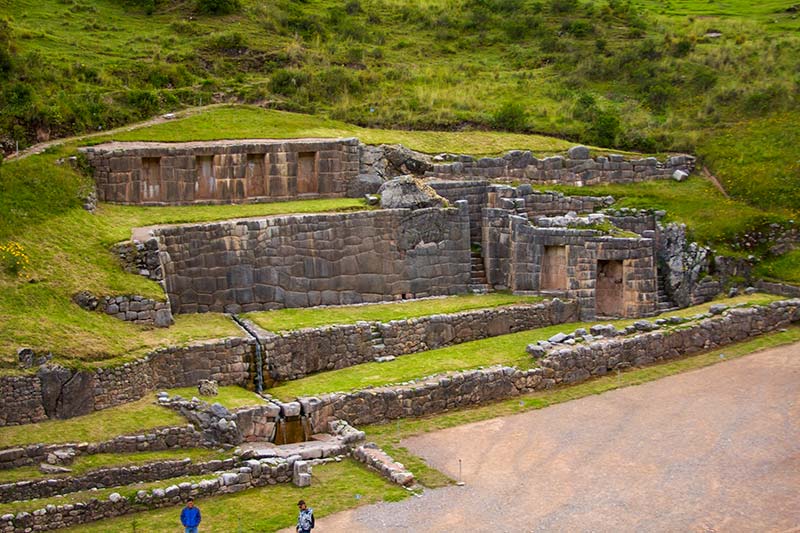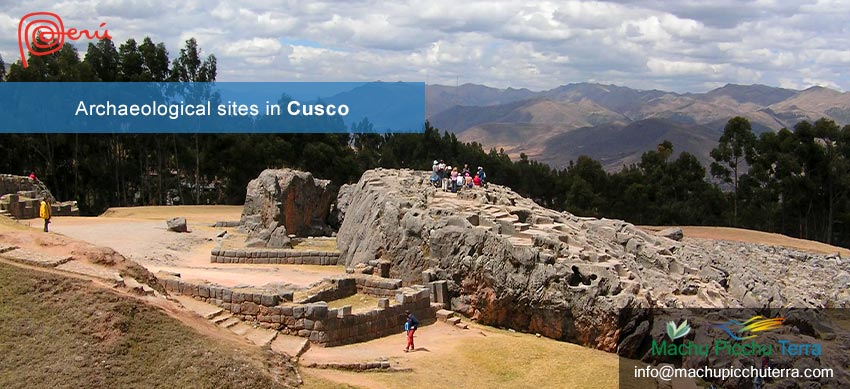
The archaeological sites in Cusco are the vestige of the constructions, ways of life and cultural expressions left by the ancient inhabitants of Cusco. Also Cusco, being an important religious, political and cultural center, houses to date different archaeological sites. Most of these come from the ancient Inca civilization. Among its constructions will highlight the presence of stone walls and stone carvings. Likewise, the enclosures offer such firmness that to date they are maintained, despite the repeated attempt to be destroyed. Their permanence in the present time indicates their strong value and architectural capacity. Let’s learn more about these constructions.
Important: Acclimatize before starting the Inca Trail
Before planning any activity in Cusco, it is important to think that time is required for acclimatization. This, especially if you plan to do any hiking route.
Cusco is located more than 3,399 meters above sea level. This altitude will cause some discomfort in some tourists. It is important to pay attention to the symptoms or discomforts that usually occur from even the first minutes in Cusco.
Why does altitude sickness occur? The discomfort is caused by the lack of oxygen in the body. This discomfort can occur in any type of body. It does not distinguish between sex or age. In this sense, even if you do not feel the discomfort, it is advisable to drink plenty of water.
- It is important to consume plenty of fluids, even before the trip.
- When planning your trip, allow at least one day for acclimatization. The ideal is to do it for two days.
- The most recurrent discomforts are: headache, nausea, poor appetite and general malaise.
- There are warning signs such as vomiting, inability to breathe and fainting.
- When arriving in Cusco, avoid drinking alcoholic beverages or ingesting substances that alter the nervous system.
- Consuming the above substances can cause sensations similar to altitude sickness, but they will not be treated correctly. Product of confusion.
- Similarly, it may be harmful to eat heavy or difficult to digest foods.
- In the face of discomfort, which is normal, it is important to remain calm.
- It is also recommended to consume plenty of fluids.
- Coca leaves soaked in hot water or chewed directly are also a good option.
- Another excellent option is to consume herbal teas or infusions of muña.
- During acclimatization, try not to exert yourself physically or become agitated. Such action may cause an increase in symptoms.
- If any discomfort worsens, consult a doctor immediately.
- SAMU Ambulance – Emergency 106
- Peruvian National Police – Phone: +51 84 220606 (emergency: 105)
- San Juan de Dios Clinic – Telephone: +51 84 231340
- Antonio Lorena Clinic – Phone: +51 992837786
- Firefighters Cusco – Phone: +51 84 224065 (emergencies: 116)
Sacsayhuaman
One of the first archaeological sites that can be visited is Sacsayhuaman. This archaeological site was one of the most important religious and political centers of the Tawantinsuyo. One of the first archaeological sites that can be visited is Sacsayhuaman. This archaeological site was one of the most important religious and political centers of the Tawantinsuyo. It is believed that it also served as a shrine to the Sun, the main divinity of the past.
The entire enclosure also appears to be a fortress. The extensive platforms and retaining walls seem to offer this function. Unfortunately, there are only traces and foundations of what once could have been. It is said that only 30% of the structures that once were there remain.
In Sacsayhuaman you can also find several traces of constructions, where the towers stand out. It is presumed that there were three: Muyucmarca, Sallacmarca and Paucarmarca. These towers had different functions.
Something that also characterizes it are the retaining walls where stones of great size and weight were used. Some of them even reach tons. It is estimated that construction began with Pachacutec and culminated with his second successor, Huayna Capac.
How to get there?
- It is easy to get there, you can make an ascent on foot, but it is important to take breaks and avoid getting agitated. The distance from the Plaza de Armas of Cusco is approximately 2 kilometers.
- Otherwise, you can also get there easily by accessing cab services or some other type of private transport service. This could be the best option.
Recommendations
- The tour can be done either in the morning or in the afternoon. Remember to have a good breakfast or lunch if necessary.
- It is best to make the ascent with private transportation, this way you can coordinate a better route and even access the other destinations we have below.
Qenqo
A couple of kilometers from Sacsayhuaman you can find Qenqo, which comes from the Quechua word “kinku”, which can be translated as labyrinth. It acquires this name because some caves or tunnels can be found under some constructions.
Likewise, in Qenqo the presence of ceremonial centers of great value stood out. It is also estimated that it was a place of worship, especially related to rituals. This because some enclosures of the place even look like amphitheaters. Precisely in one of these stones could be found the figure of a puma.
In Qenqo, there are several large stones with particular carvings. Most of these carvings are a symbolic representation of the deities of the Inca Empire. Likewise, having a sacred value, it is believed that in one of the enclosures were made embalmments. It is believed that in Qenqo special worship was paid to Pachamama and Inti or the Sun.
How to get to Qenqo?
- Getting to Qenqo is like getting to Sacsayhuaman, so you can get there with only 1 PEN. Accessing public transportation services.
- It is located near Sacsayhuaman, but if you do not have the symptoms of the atura, you can reach this place on foot.
- Of course, there is also the option of doing the tour with a travel agency or private transportation.
Recommendations
- Be careful when passing through some enclosures with small gates.
- In some tunnels you will be able to use a flashlight.
- Bring water and light snacks.
Pukapukara
This destination is probably the farthest of all. Walking to this place will require time and effort. Therefore, it is advisable to make the visit by transport or with a travel agency.
In Pukapukara you can find a large Inca enclosure as a fortress. Likewise, military characteristics are attributed to it. So it seems to have a strong relationship with Tambomachay. It is mentioned that Pukapukara was the place where the soldiers who accompanied the Inca on their errands arrived.
The large retaining walls that shape the platforms seem insurmountable walls. Among its constructions, the passages, stairways and some large enclosures that give the impression of an administrative center stand out.
How to get there?
- It will be important to arrive with the help of transportation.
- You can also get there with the help of public transportation or combis.
- The companies that can help you are: E. T. Cristo Blanco and E. T. Señor de Huanca.
- In the same way, the alternative of traveling by cab is also available.
Recommendations
- Getting to Pukapukara will already consume more hours of your itinerary. Calculate it, if you think you will have little time.
- If you decide to visit this place, it is important that you contact a travel agency if possible.
- Remember to bring water and some snacks.
Tambomachay
Tambomachay is the last destination to visit. It is located at a greater distance than the rest of the enclosures we talked about above. Tambomachay can be translated as “Place of rest”. It is known that it was used precisely for that purpose.
Likewise, there are clear indications that Tambomachay worshiped water. Water was one of the main deities and several vestiges and constructions can be found in the form of shrines.
Tambomachay has waterfalls, canals and aqueducts that still flow without alterations. Likewise, niches can be found. The niches are believed to be places where some mummified authorities were placed.
All the details show that it was indeed a place with special care with the water since there are also finely carved stones. These stones are of the imperial type, which highlights the importance of the entire enclosure.
How to get there?
- Although it is only 7 kilometers away, it is advisable to get there by transport.
- A travel agency can take you to this and the rest of the places doing the City Tour Cusco.
- In the same way, you can make the trip in the public transportation of E. T. Cristo Blanco and E. T. Señor de Huanca.
- In case you do not want to hire a travel agency, you can rent a private transport for a more peaceful tour.
Recommendations
- It will be important to have a hat or cap. The entire tour of these places will be in open country.
- Also, bring and use sun block lotion.
- Normally, the entire trip through these places will last 5 hours.
- Remember to have a good hydration to help acclimatization.
By Inca Trail Machu Picchu - Last updated, 23-05-2024
Interested in the Inca Trail? Know more about Archaeological sites!
- Huamanmarca or Wamanmarca archaeological site
- Inca Bridges on the Inca Trail
- The most important sacred temples of Machu Picchu
- Qoriwayrachina archaeological site
- Runkurakay archaeological site
- Sayacmarca archaeological site
